In a recent letter, Dr. David Hyde asserts that much of the water moving through and around the San Juans come from Canada. He is correct; most of our marine waters come from Canada not Puget Sound.
His conclusion that pollutants from Puget Sound are minimal here should provide some comfort. However, we receive the effluent from 80% of the commerce of BC, 3.65 M people, so Canadian input is considerable. If studies on relative contributions are valid, Canada becomes a prime suspect for the toxic burden in our marine mammals and with BC so close, I take little comfort from down sound exclusion.
The presumption is that the volume water in the Georgia Basin, and upwelling, creates enough circulation that any local pollutants are minimized by dilution. We need not be concerned about our contribution and it should not be grounds to require new buffer sizes.
Just because we have BC waters around us, and perhaps not the cleanest, does not mean we should ignore local input.
On a macro scale SJC shorelines may be well flushed; however, due to our very complex shorelines, it’s untrue in many local areas. Examples of poorly flushed embayments are: Barlow Bay, Fisherman Bay, Mud Bay, both sounds of Orcas, Westcott Bay, Blind Bay, and Friday Harbor.
Low tidal energy bays are where forage fish and herring spawn. Young salmon find protection in the eelgrass meadows and feed on forage fish and insects from the vegetated nearshore environment. These shorelines are significant in size and biological function and, besides water quality, these are the functions that adequate shoreline buffers protect.
Sediments accumulate and are retained in these embayments. Many nasty pollutants are adsorbed onto the surface of sediment particles and are transported into the nurseries of susceptible species. Some pollutants are water-soluble; others are fat-soluble hormone mimics which disrupt the reproduction of fish and invertebrates. Once fat-soluble substances enter the food chain, no dilution from Canada or anywhere else will eliminate their effects.
These are the reasons why we need to be concerned about indigenous pollution and why BAS should inform buffer sizes.
San Olson
Lopez Island
**If you are reading theOrcasonian for free, thank your fellow islanders. If you would like to support theOrcasonian CLICK HERE to set your modestly-priced, voluntary subscription. Otherwise, no worries; we’re happy to share with you.**
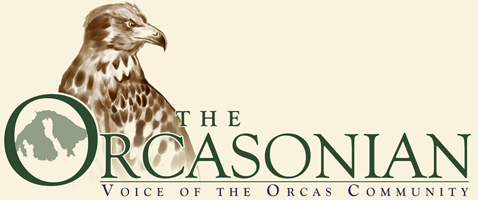

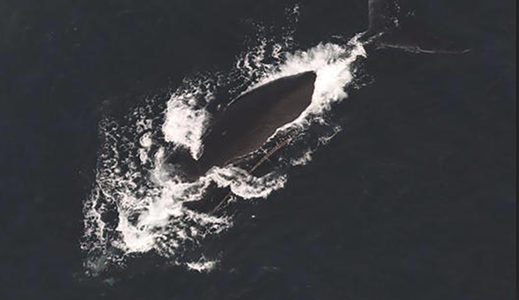
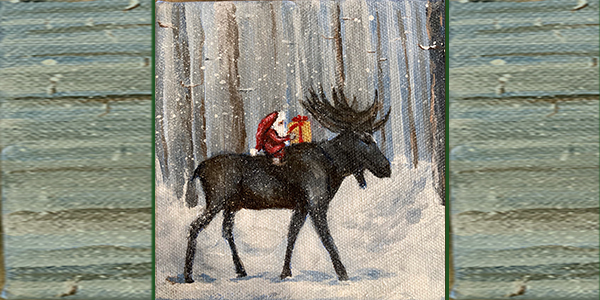
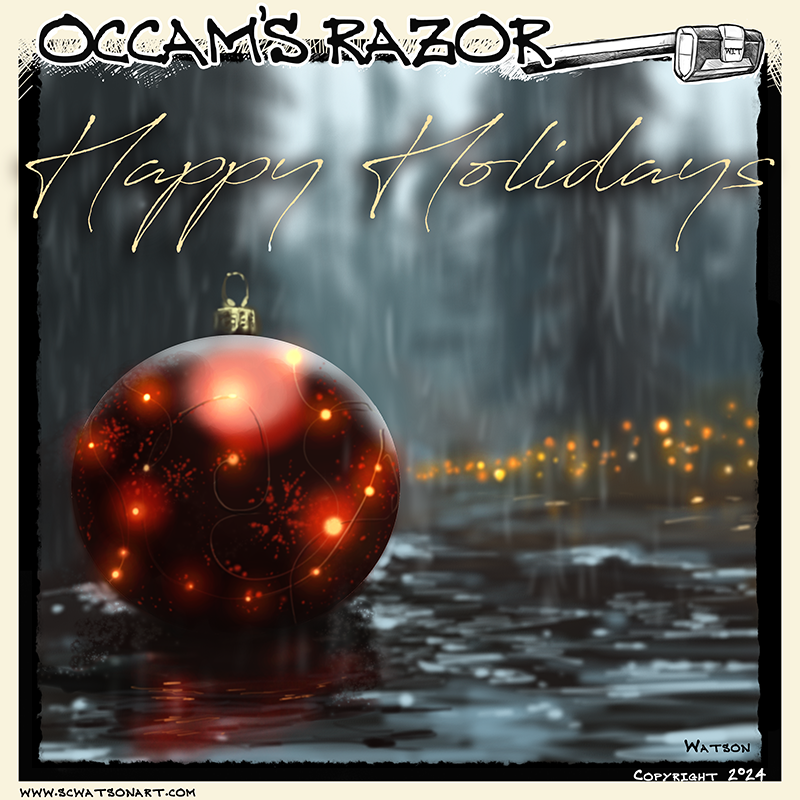

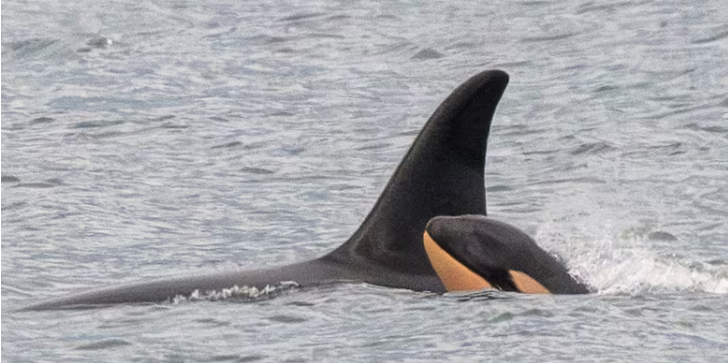
It would be helpful if a well qualified marine biologist would inform us in understandable language what water flows through (flushes out) the SJ Islands and what water moves mostly in and out or up and down. Some must leak out the SJ de Fuca Strait. The Rivers supply Puget Sound, The Salish Sea and Georgia Strait. I believe somewhere near Compbell River tidal water flows North and South? HELP
“Sediments accumulate and are retained in these embayments. Many nasty pollutants are adsorbed onto the surface of sediment particles and are transported into the nurseries of susceptible species.”
Which pollutants: where are the data? Where do they come from? Agricultural activity? Wild animals? Single-family houses? It would be helpful to know.